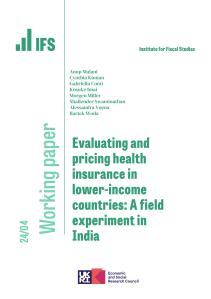Since the creation of National Health Insurance (NHI) in 1995, Taiwan's medical spending has been increasing rapidly, as has been the case in most countries worldwide. This paper follows international standards in documenting recent trends in Taiwan's medical spending by category, relying on official statistics, Surveys of Family Income and Expenditure (SFIE) data and administrative reimbursement panel data from the NHI Universal Database (NHIUD). Two findings are noteworthy. First, we find a rapidly widening gap since 1996 between rich and poor in terms of out-of-pocket payments and those by private health insurance; meanwhile, the gap between them in terms of NHI expenditure has remained roughly constant. This trend can be attributed mainly to a positive income gradient in personal health care expenditure among elderly individuals (aged 65 or older). Second, end-of-life hospital spending is large in both magnitude and proportion. Average end-of-life hospital spending is more than 30 times average hospital spending by the total population, and it accounts for 15.9 per cent of total hospital care expenditure (or 5.0 per cent of overall medical spending), even though the population near death accounts for only 0.51 per cent of the overall population. Two-thirds of end-of-life hospital spending is on the elderly, who also constitute two-thirds of the population near death. For both the elderly and working-age adults, the share of end-of-life hospital spending strikingly aligns with the share of deaths.








